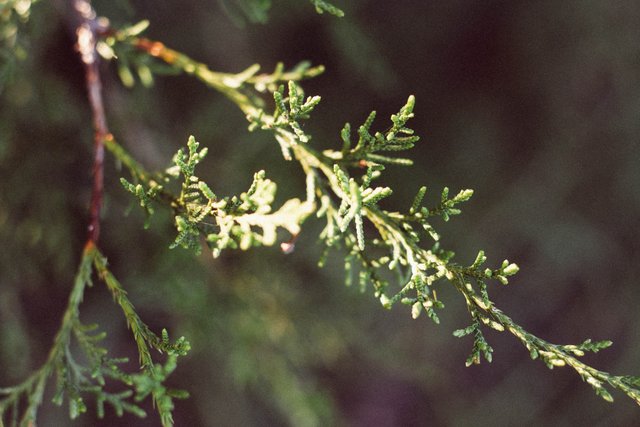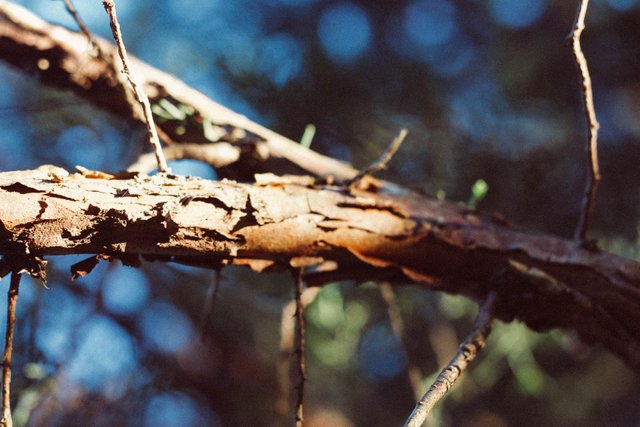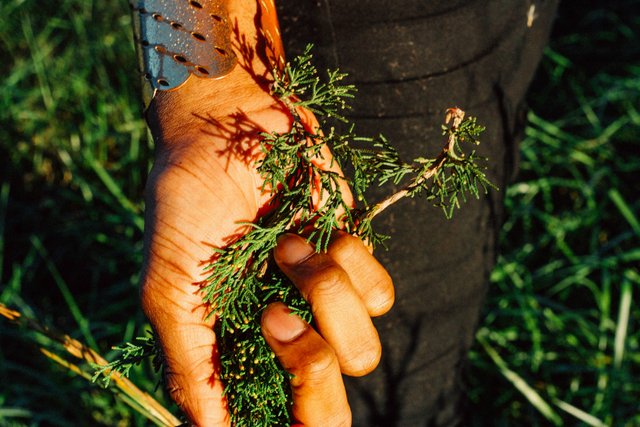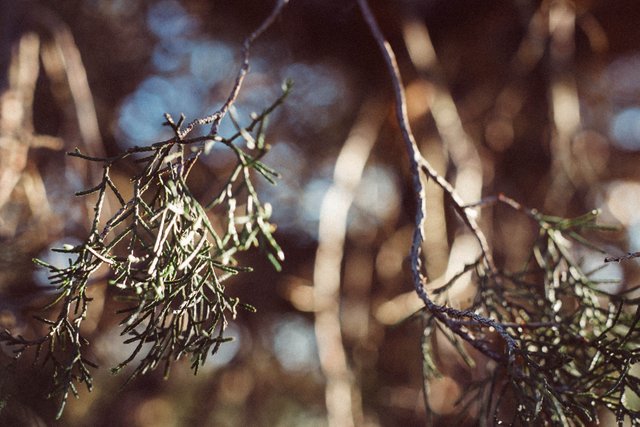Juniper genus
Juniper!
Hey ya'll steemfolk.
I do a lot of writing about plants on my blog and I've never cross-posted until now. I actually have not posted this yet because I'm still working on it. I'm writing a plant profile on Juniper, for my Patreon page, and also for a project I've been doing this past year called The Ground Shots Project which is a mix of podcast, interviews, ethnobotanical research, field writing and sketching, small batch herbal medicine making and more. Here's the section I wrote on The Juniper genus, which is in the Cypress plant family. Yes, I get this geeky. Hence why they take me so long! I also have a section on the plant family, specific species AND medicine/folklore of Juniper. Coming soon. I know I've not been as active lately and I want to share with ya'll some of the things I've been up to!

Juniperus genus
Junipers are in the Juniperus genus. Many plants called Cedar are also actually in the Juniperus genus, including Eastern Red Cedar. Yet, Western Red Cedar is actually a Thuja, not a Juniper, and not as ‘closely’ related as we would assume based on the common name usage of the word ‘Cedar.’ The common name Cedar actually came from the name for the ‘true Cedars’ of Lebanon that are trees with the genus Cedrus, actually in the Pine family, not Cypress. This word was also used to describe other trees like Juniper even in the Middle East and Europe before the European colonization of Turtle Island. This word came to Turtle Island, and was used to describe things that looked like the Cedars in the Mediterranean that botanists and naturalists recognized. The Cedrus Cedars are even mentioned in the Bible, and even mentioned many times as a plant that held ritual cleansing uses. Even in the Bible, scholars think that they are referring to ‘Cedar’ as actually sometimes a Juniper and sometimes a Cedrus based on studying the actually ecology of the places described. So, this loose use of the word Cedar has been floating awhile for quite some time.

Junipers have a few distinguishing characteristics. They can be big trees, medium sized shrubs or found trailing along the ground. They can grow at pretty high elevation and extreme climates. Often the tree has needle-like or scale-like leaves. Needle-like leaves are most commonly found on younger plants, but sometimes old branches, and some species retain the needle-like leaves. The scale-like leaves are often found on juvenile leaves or older. I’m sure there is an adaptive advantage to having these different leaf types.

The scaled-leaves tend to be rounded in shape (vs. flattened like Thujas). Juniper berries are not technically berries but rather coated seeds, but berry-like in appearance. They are edible and medicinal, and would fall more into the medicine category with more moderate use as food. Lots of folks traditionally have eaten the berries. As some folks have told me- you know when to stop eating the berries cause you just feel it is enough. The berries are dark blue at maturation, and are often light blue to white before this time and with the look of a yeasty glaucous sheen on the surface. The pollination time on Juniper berries varies, from half a year to a year or more. Some species of Juniper release pollen in the fall, others in the winter and spring. Some species do this more than one time a year, depending on the conditions. The pollen can cause allergic reactions in some, as is the case for other plants in this family, as well.
It’s important to note here that some species are easily mixed up with Junipers like Arizona Cypress Cupressus arizonica for example in the Southwest and New Mexico.
It’s also important to remember the toxic plant Yew, Taxus spp. could potentially get confused with Juniper especially when it is in it’s needled form.

Most Junipers will thrive in lots of different climates, from poor soil and low sun to rich soil and wet, though the high and dry hillsides are probably their preferred. Fire suppression has increased the populations of Juniper species in all of the ranges they grow. The way this looks in a specific location is different depending on the ecology that Juniper belongs to in that region.
Many species of Juniper have craft and medicine traditions in Europe, Africa, the Middle East and parts of Asia and as well as in parts of Turtle Island where it is found. Juniper has been associated with the earliest humans settlements found worldwide. With this in mind, there is something to think deeply about when considering the ecological and cultural significance of this plant in deep time.
not reposted yet but soon to be on my blog /// http://www.ofsedgeandsalt.com
![]()

I used to use Thuja oil years and years ago but my memory is such that I can't remember WHY! Really interesting post - I love the details you include so we learn so much from your investigations! What medicinal benefits do the berries have?
the berries are anti-bacterial, anti-viral and anti-fungal and GREAT for UTI's. Some use it for pain topically, and others say in large doses it can be an abortifacant. Not sure about that last one though. They are a great bitters- stimulating digestion.
Amazing.💜💜💜
Posted using Partiko Android
Such interesting information - thank you! I had wondered about why they get that grey/white coating on them and you've answered it!
I gather and dry juniper berries when I can find them, they aren't as common in the woods we've moved to but once in a while we get lucky. I make a rose hip and juniper berry syrup for colds and sore throats and absolutely love it.
sweet! it is so cool that juniper is all over the world and all have different ways of using it and different cultural histories with it.